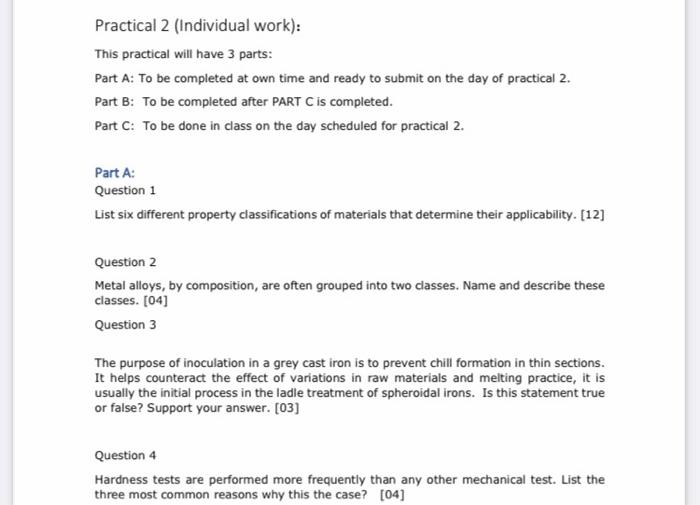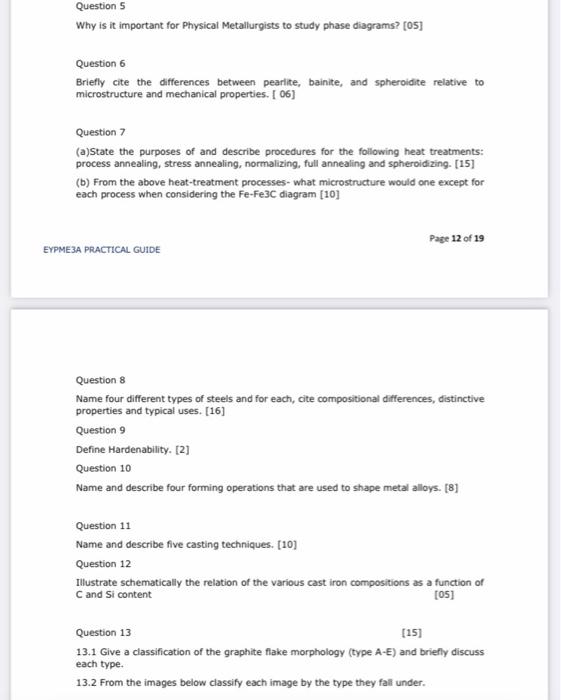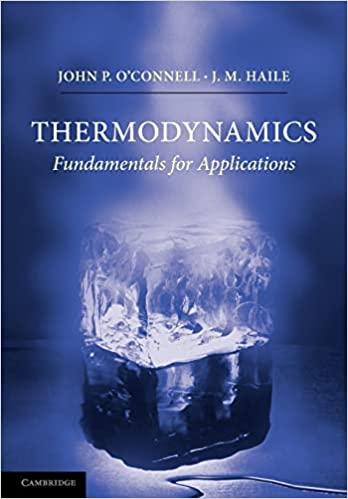Practical 2 (Individual work): This practical will have 3 parts: Part A: To be completed at own time and ready to submit on the day of practical 2. Part B: To be completed after PART C is completed. Part C: To be done in class on the day scheduled for practical 2. Part A: Question 1 List six different property classifications of materials that determine their applicability. [12] Question 2 Metal alloys, by composition, are often grouped into two classes. Name and describe these classes. [04] Question 3 The purpose of inoculation in a grey cast iron is to prevent chill formation in thin sections. It helps counteract the effect of variations in raw materials and melting practice, it is usually the initial process in the ladle treatment of spheroidal irons. Is this statement true or false? Support your answer. [03] Question 4 Hardness tests are performed more frequently than any other mechanical test. List the three most common reasons why this the case? [04] Question 5 Why is it important for Physical Metallurgists to study phase diagrams? [05] Question 6 Briefly cite the differences between pearlite, bainite, and spheroidite relative to microstructure and mechanical properties. [ 06] Question 7 (a)State the purposes of and describe procedures for the following heat treatments: process annealing, stress annealing, normalizing, full annealing and spheroidizing- [15] (b) From the above heat-treatment processes- what microstructure would one except for each process when considering the Fe-Fe3C diagram [10] Page 12 of 19 Question 8 Name four different types of steels and for each, cite compositional differences, distinctive properties and typical uses. [16] Question 9 Define Hardenability. [2] Question 10 Name and describe four forming operations that are used to shape metal alloys. [8] Question 11 Name and describe five casting techniques. [10] Question 12 Illustrate schematically the relation of the various cast iron compositions as a function of C and Si content [05] Question 13 [15] 13.1 Give a classification of the graphite flake morphology (type A-E) and briefly discuss each type. 13.2 From the images below classify each image by the type they fall under








